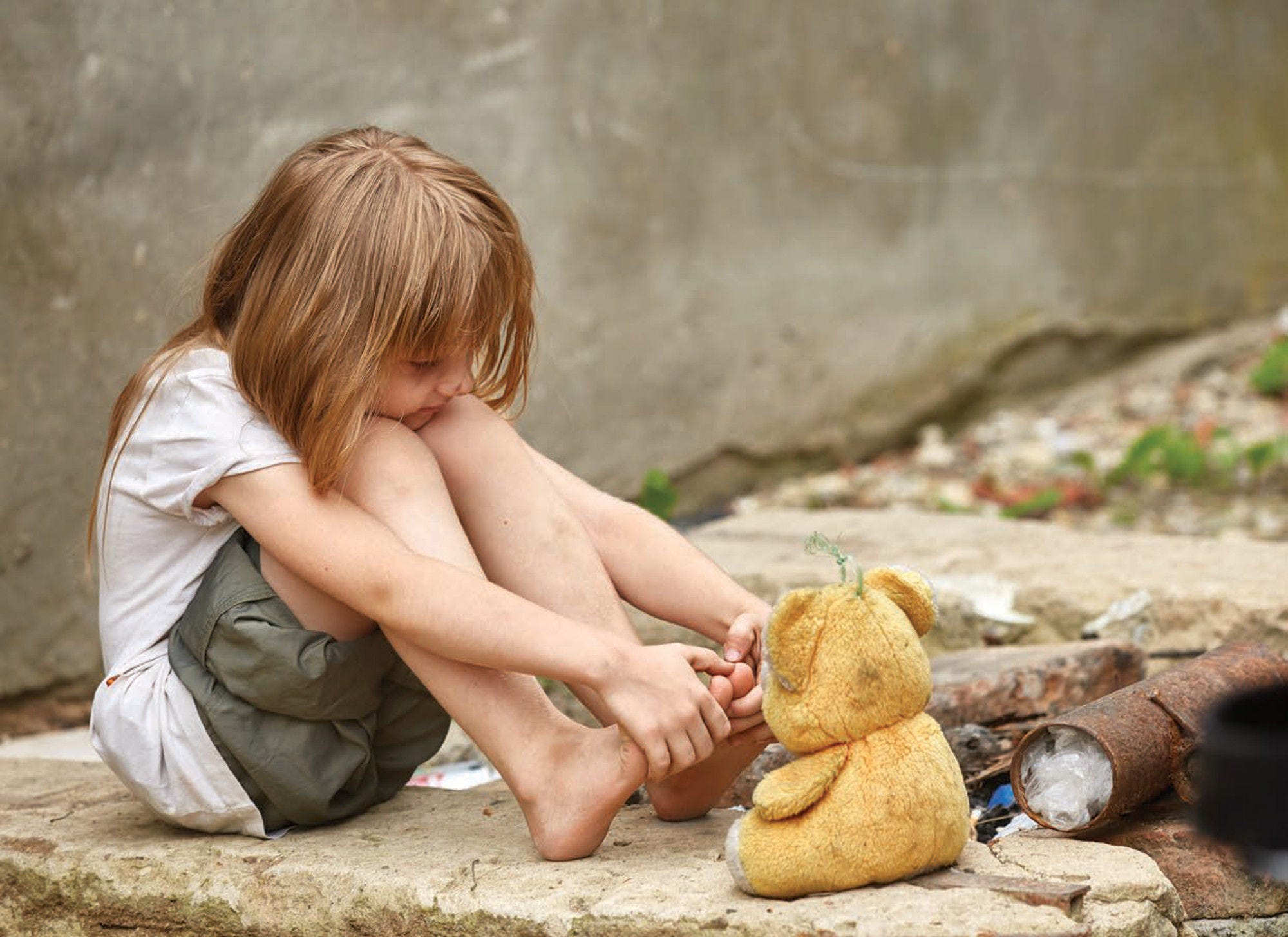The OECD established the Inclusive Growth Initiative in 2012 to provide answers on how to reduce the problems of inequality and lack of opportunities that many OECD countries have experienced over the last decades. In 2018, the Framework for Policy Action on Inclusive Growth was launched to help countries design policies that makes growth more inclusive. This report, Changing the Odds for Vulnerable Children: Building Opportunities and Resilience, positions investing in the well-being of vulnerable children as a central action for inclusive growth, along the recommendations of the first pillar of the Framework that emphasises the importance of investing in people and places left behind.
The report highlights the fact that children are vulnerable for different reasons and outlines the individual and environmental factors at play. It calls on countries to develop child well-being strategies that prioritise the needs of vulnerable children. It recommends six key policy actions around which such strategies could be organised. These policies actions aim to reduce risks and strengthen protective factors, thereby enabling children to build greater resilience. They are designed to reach vulnerable children early in life, when it matters most.
Chapter 1: This chapter provides an overview of the report drawing on analyses carried out in subsequent chapters. It introduces the concept of child vulnerability and an analytical framework for overcoming it. This framework looks at the factors contributing to vulnerability and seeks to integrate resilience building into the design of policies. The chapter discusses the recommendation of countries developing well-being strategies, with a particular focus on vulnerable children and outlines a set of recommendations through which OECD countries can develop such strategies.
Chapter 2: This chapter analyses five individual factors contributing to child vulnerability: disability, mental health difficulties, immigrant background, maltreatment and being in out-of-home care.
Chapter 3: This chapter analyses environmental factors contributing to child vulnerability. Environmental factors operate at both the family and community levels. Family factors include material deprivation, parents’ health and health behaviours, parents’ level of education, intimate partner violence and family stress. Community factors are associated with the school and neighbourhood environments.
Chapter 4: This chapter builds on the insights gained in the previous chapters and identifies six policy areas around which child well-being strategies could be organised. They are policies empowering vulnerable families; policies strengthening children’s emotional and social skills; child protection policies; policies improving educational outcomes; policies improving health outcomes and policies reducing child poverty and material deprivation. For each of these policy areas, a selection of best-practice programmes and policy initiatives in OECD countries suited to building resilience in children is presented.
Chapter 5: This chapter describes the common challenges facing vulnerable children in developing countries, taking a life-cycle approach. It examines selected dimensions of well-being, including educational attainment, health and child protection measures.
